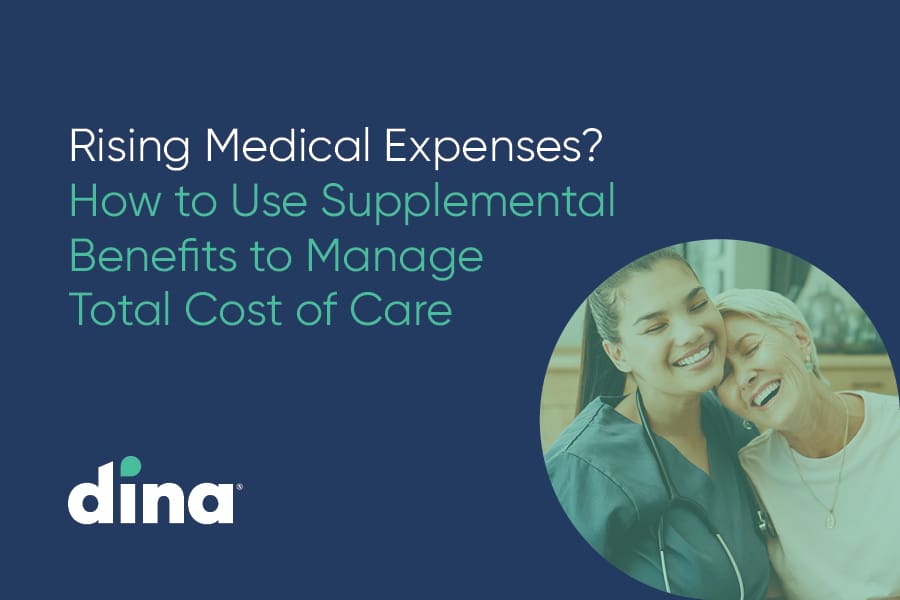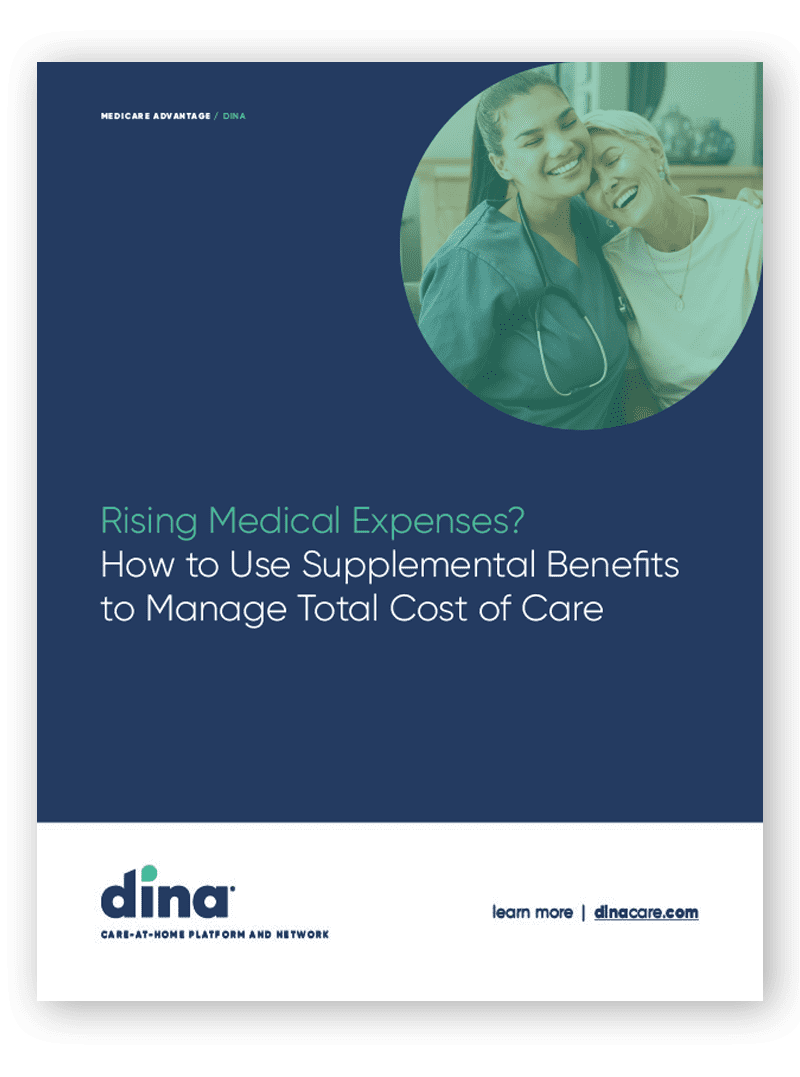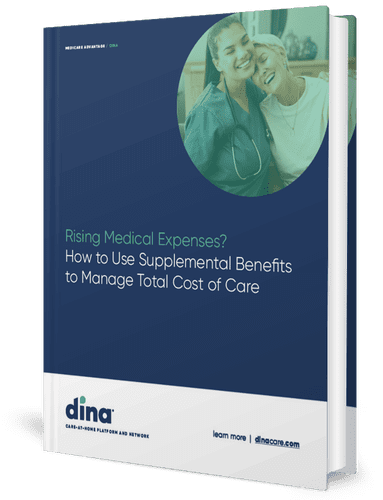
Most Medicare Advantage (MA) plans use the extra benefits they offer to attract new members and differentiate themselves from Medicare. That’s nothing new.
What is new is increasing pressure from CMS to deliver those benefits in a high-quality, low-cost manner.
But the environment to do that is challenging. For example, CMS’s payment update significantly reduces reimbursement rates for Medicare Advantage plans at a time when utilization of services is increasing.
Your first reaction might be to cut benefits. But rather than pruning the non-medical or home-based benefits that we know help address health equity and social determinants, we offer a different approach.
Our new report “Rising Medical Expenses? How to Use Supplemental Benefits to Manage Total Cost of Care” will show you how to organize benefits to meet your value-based or operating objectives. In other words, there is value to be gained by more efficiently deploying benefits. In this report we cover:
- How To Win in a Value-Based Program
- What Does Impact Look Like?
- The Right Time to Drive Engagement
- What’s Next in the Value-Based Journey?

Rising Medical Expenses?
Don't Cut Benefits!
Instead, see how to drive smart utilization of non-medical benefits to meet your value-based objectives. Download the report "Rising Medical Expenses? How to Use Supplemental Benefits to Manage Total Cost of Care" to learn more.

How To Win in a Value-Based Program
Some plans are ahead of the curve and are leveraging supplemental and home-based benefits as an integral part of their value-based care strategies and programs.

The good news is these interventions work when accessible and managed correctly. Johns Hopkins School of Nursing has more than a decade of research from its Community Aging in Place-Advancing Better Living for Elders (CAPABLE) program that shows that these types of benefits work to reduce health disparities, hospitalizations and nursing home days.
Research shows that services like nutrition, home safety and medication management offered through CAPABLE programs provided more than six times return on investment. Roughly $3,000 in program costs per participant yielded more than $30,000 in savings, driven by reductions in both inpatient and outpatient expenditures.
The Right Time to Drive Engagement
A preventative program like this aims to deliver an immediate and significant financial benefit by proving the following:
- Optimized MLR (decreased medical spend, increased lower-cost supplement benefit spend)
- Improved administrative efficiency with a positive impact on gross margins
- Boosted quality of care for members (and overall health plan satisfaction)
- Increased member retention
Transitional care is the perfect time to evaluate the member, raise awareness around the right types of benefits, and activate those benefits to stabilize patients versus pushing them into a traditional post-acute setting.
“Decades of research has demonstrated there is no better time to engage patients in changing their health behaviors than throughout episodes of illness requiring hospitalizations and follow-up care,” said Mary D. Naylor, Transitional Care Model architect and director of the NewCourtland Center for Transitions and Health at the University of Pennsylvania School of Nursing.

Beyond the initial coordination moment, tracking and managing members after the fact will help care coordinators address any issues that may come up. Health plans have always struggled with attributing savings to specific interventions. But if we’re looking at it at the member level and at all of the interventions combined, then we can start to take a look and see where the impact is being made and where value is realized.
What’s Next in Your Value-Based Journey?
For health plans, winning and keeping members isn’t just about keeping pace with the latest benefit offerings. It’s also about delivering personalized service to meet members’ changing needs. The challenge is doing this at scale without providing a fragmented member experience. Ready for a change? Download our new report to learn how to organize benefits to meet your value-based or operating objectives.

Rising Medical Expenses?
Don't Cut Benefits!
Instead, see how to drive smart utilization of non-medical benefits to meet your value-based objectives. Download the report "Rising Medical Expenses? How to Use Supplemental Benefits to Manage Total Cost of Care" to learn more.





